You have no items in your cart. Want to get some nice things?
Go shopping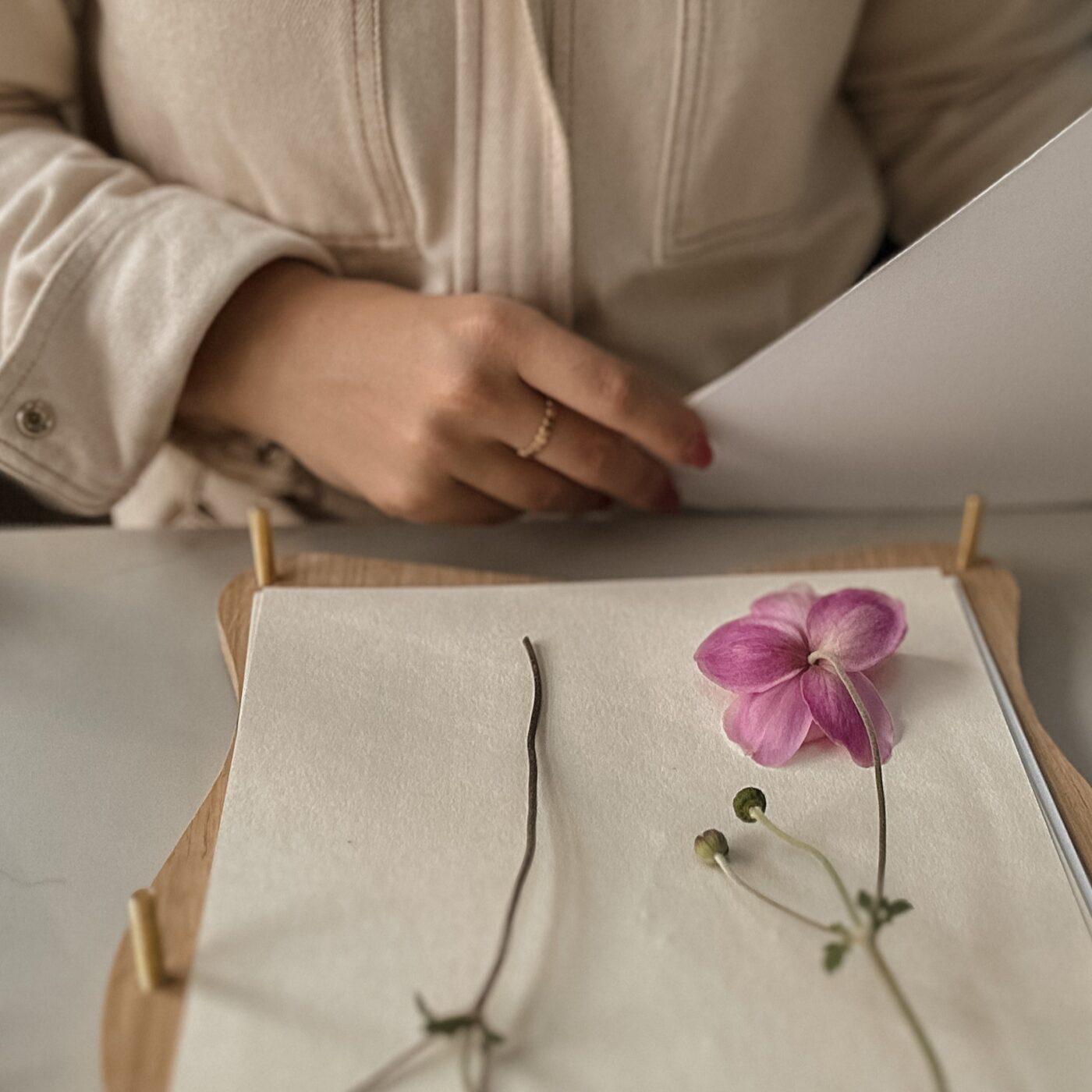
Flower pressing is a true seasonal, slow living activity. Savour the season by searching for beautiful flowers to press and carefully arranging them to be preserved for later. The true art of flower pressing is an act that takes time. While there are plenty of tips for pressing flowers more quickly, for example by using an iron, we prefer to enjoy the process and allow the flowers to try out slowly over time. After all, there are very few things we have to wait for in our fast-paced world and it’s exciting to slowly undo each wingnut of the press to reveal your preserved flowers weeks later.
Pressing flowers is also a simple way to create natural works of art and update the wall art or gallery walls in your home in an affordable way. Pressed flower art also makes a great gift, especially when the flowers included are someone’s favourites or even their namesake. We love to frame pressed flowers with our wavy mounts to add a slightly more modern twist, as pictured below.
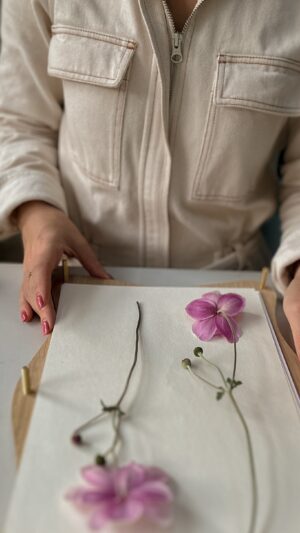
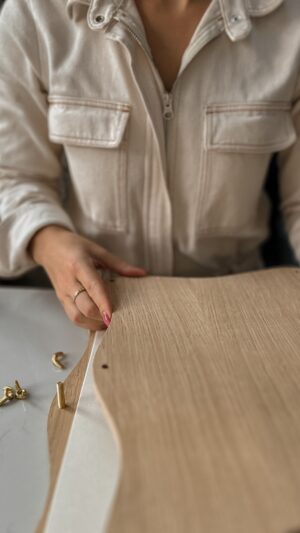
How to press flowers and use a flower press
This article may include affiliate links, but this doesn’t impact our editorial.
You will you need:
- Fresh flowers
- A small vase or bucket of water (to hold the fresh flowers)
- Flower press with sheets of blotting paper and card
- Spare blotting paper (to dry stems before arranging in the press)
- Scissors
- Tweezers
1. Gather your flowers
When choosing flowers to press, look for simple, flat flowerheads which will dry out evenly and not retain a lot of moisture. Thick, large flowers like tulips or roses will often go mouldy when pressed due to their high moisture content. Delicate violets, forget-me-nots, buttercups and sweet peas all press well.
Pick the freshest flowers you can, but wait until the day’s dew has evaporated to avoid trapping additional moisture in the press. While you’re picking further stems or waiting to arrange your flowers, put them into a small vase or bucket filled with water. Cutting the stems at an angle creates the largest surface area for the flower to absorb water.
Remember to ask permission if you’re not picking from your own garden (uprooting any plant from someone else’s land is illegal) and always check what you’re picking. Under Schedule 8 of the Wildlife and Countryside Act 1981, you’ll find a list of plants and wild flowers which are illegal to pick, uproot or sell. It’s generally advised to follow the ‘one in twenty’ rule – for every single flower you pick, there should be twenty more present.
2. Prepare your flowers
Start to think about how you’d like capture each stem in pressed form. Remove any unwanted leaves or petals and try to avoid too much overlap. You can always carefully take apart flowers to reconstruct after pressing.
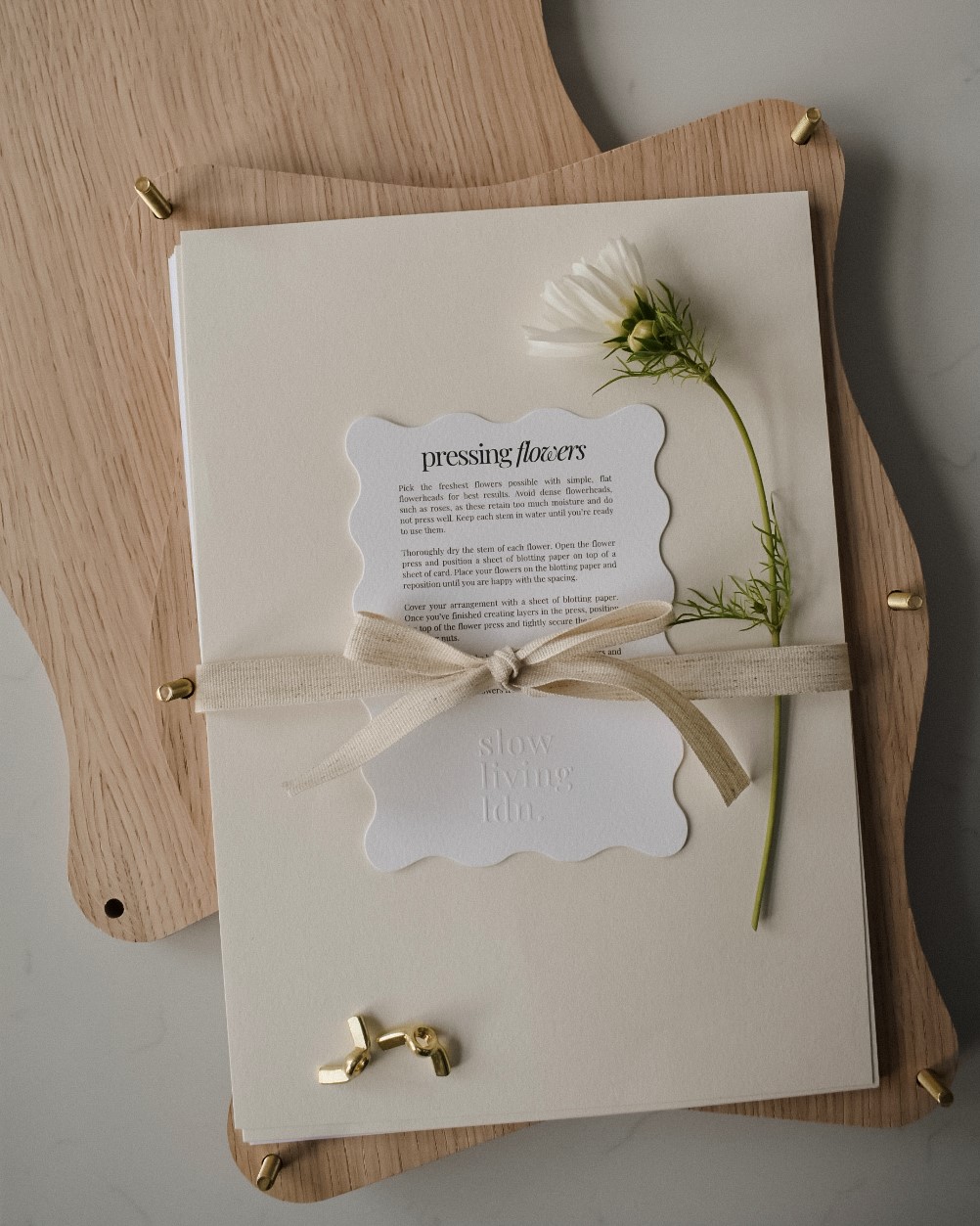
Large wooden flower press kit
Our oak-topped large wooden flower presses are made in England and feature our signature wavy edges and brass hardware.
3. Arrange your flowers
Dry the stems of each flower you wish to press thoroughly. Open the flower press and position a piece of blotting paper on top of a piece of card. Reposition your flowers on the blotting paper until you are happy with the spacing. Ensure no elements are overlapping and cover with another sheet of blotting paper. If pressing a large number of flowers and creating layers in your flower press, add another sheet of card between each section of blotting papers and flowers.
4. Wait for your flowers to dry out
Once you’ve finished arranging all the flowers you wish to press, position the top of the flower press and secure the wing nuts. Your flowers should dry out in around 2-3 weeks, but you may wish to check on them periodically. It can be helpful to press a batch of the same or similar flowers at once, to ensure they dry out at the same rate, rather than mixing lots of types of flowers. Tweezers are useful for removing the flowers from the press as they will be delicate and tear easily.
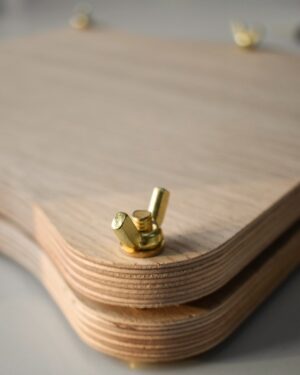
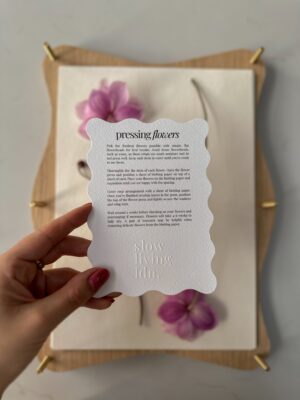
How long should you press flowers for?
Each type of flower will take a different amount of time to dry out completely. It can be helpful to stick to pressing the same type of blooms in your flower press at one time. Generally, if stored in a cool, dry place, you should press your flowers for at least 2-3 weeks.
How long do pressed flowers last?
When carefully pressed and cared for, pressed flowers and plants can last for centuries. The National History Museum even has herbarium sheets dating back to the late 1600s and early 1700s. The vibrancy of the colours of each plant or flower may fade after around five years, however.
Framing your pressed flowers
Why not frame your pressed flowers with our wavy mounts for a modern twist? The Moss (green) colourway works particularly well.

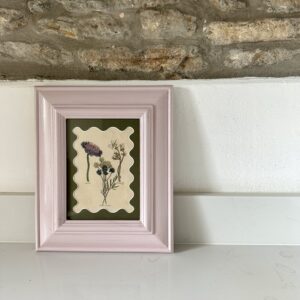
Keep exploring the art of flower pressing
JamJar Flowers is a floral design studio with an online homewares and pressed flower art shop called JamJar Edit. The creatives behind the studio, Melissa Richardson and Amy Fielding, have also worked with Create Academy to share an inspiring course on flower pressing which we thoroughly recommend. The duo have also published their coffee table book called The Modern Flower Press.
For more floral inspiration, read our guides to slow flowers, slow gardening and the best cut flowers to grow.
